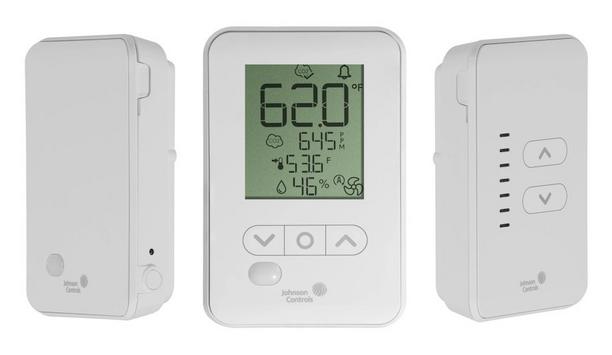Just from implementing existing technology solutions for electrification of transport, energy efficient heating and cooling of buildings and sector integration - urban areas can bridge half of the gap needed to reach the 1.5°C Paris Agreement target in urban areas. It is both technological and economically feasible for urban areas to achieve the 1.5-degree target by 2050. That is the key message of a new report from Navigant. Cities’ impact on climate and health is enormous.
If policy makers prioritize investments in:
- Full utilization of e-mobility
- Technical building systems, including controls, and district energy, to ensure energy efficient heating and cooling
- Sector integration in urban areas
They can reach the 1.5-degree target and the solutions are ready to be implemented quickly and cost-effectively.
focusing on cities
The emissions from transport and heating and cooling of buildings are especially high in urban areas"
“All over the world, governments are looking towards reopening society with recovery packages with focus on economic development and job creation. We can restart and future-proof our economies through green investments. Doing the climate math is easy - we know what it takes, and we have technology to solve the climate challenge. So, if we take action now, the 1.5-degree pathway can be within reach."
"The emissions from transport and heating and cooling of buildings are especially high in urban areas. That’s why focusing on cities is a good starting point for green investments. Technology is ready. Let’s act," says Kim Fausing, Danfoss CEO.
global greenhouse gas emissions
According to the new report from Navigant, urban areas are inevitable if the world is to reach the 1.5-degree target. The world’s cities occupy just 3% of the Earth’s land, but account for two-thirds of the world’s energy demand and 70% of global greenhouse gas emissions. More than 80% of people living in urban areas are exposed to air quality levels that exceed the World Health Organization (WHO) limits, largely caused by heating and cooling of buildings and transport based on fossil fuels.
The good news is that cities’ high density of facilities and infrastructure offer a unique opportunity to drive cost-effective technology innovation and exploit synergies between sectors to create a highly efficient energy system. At the same time, these specific technology investments in urban areas would contribute with more than one-third of total needed global emissions reductions and ensure good air quality.
technical buildings systems
If London is to reach the 1.5°C level, two-thirds of London’s passenger cars and all busses must be battery electric by 2050
Electrification of transport presents the biggest lever for decarbonization to be achieved in cities - this decarbonization will also help to tackle challenges with air quality in our cities. For example, if London is to reach the 1.5°C level, two-thirds of London’s passenger cars and all busses must be battery electric by 2050 (busses even earlier). This would relieve Londoners from annual emissions of 1.7kt NOX, which equals 5,000 million diesel car kilometers.
Energy efficient heating and cooling of buildings (technical building systems, including controls, and district energy) will be the second greatest lever to leap to 1.5°C. Use of existing technology can achieve building comfort while eliminating emissions from building. This requires drastic increases in technology uptake including a tripling of the renovation rate and focusing on the technical buildings systems, including controls, and district energy.
invest in energy efficiency
Sector integration will enable the untapped potential of transport and buildings. Further, the most cost-effective way to reach the 1.5°C target is to invest in energy efficiency and sector integration as this will ensure that expensive over investments in energy generation and energy infrastructure can be avoided. The rest of the contribution to reach the 1.5 °C target will come from energy efficiency and clean energy in industries, appliances and construction.
















